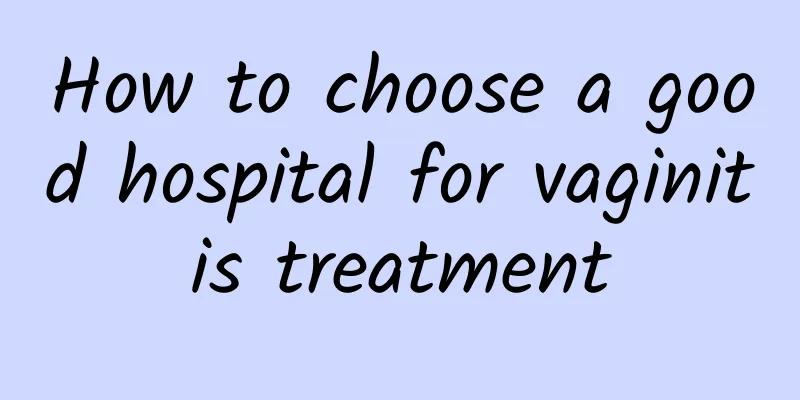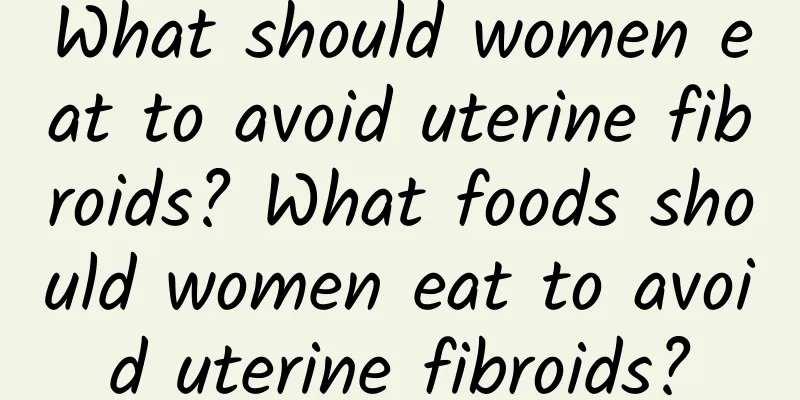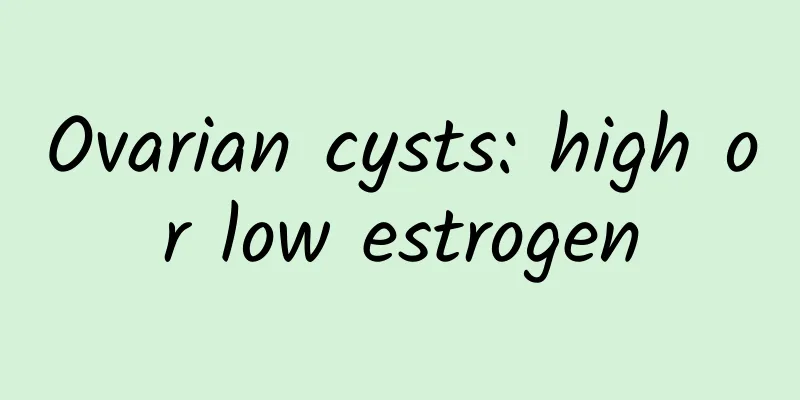Treatment of pelvic inflammatory disease of damp-heat accumulation and cold-damp condensation type

|
Traditional Chinese medicine classifies pelvic inflammatory disease into damp-heat accumulation type, cold-dampness condensation type, liver depression and spleen deficiency with blood stasis type, phlegm-dampness and blood stasis type, liver and kidney deficiency with blood stasis type, etc. According to the different symptoms, choosing the right treatment can achieve a certain therapeutic effect. For example, the treatment of damp-heat accumulation type pelvic inflammatory disease should be to clear away dampness and heat, remove blood stasis and resolve turbidity; the treatment of cold-dampness condensation type pelvic inflammatory disease should be to warm the meridians and dispel cold, promote qi and resolve blood stasis. Damp-heat accumulation type Symptoms: pain or distension in the lower abdomen, back pain, aggravated by fatigue or menstruation, and early menstruation; profuse vaginal discharge that is yellow, sticky and foul-smelling; red urine and constipation; red or dark red tongue, yellow and greasy tongue coating, and a stringy, slippery and rapid pulse. Treatment: Clear away dampness and heat, remove blood stasis and resolve turbidity. Medicinal uses: Dandelion, Patrinia paniculata, Phellodendron chinense, Cortex Moutan, Coix seeds, Plantago, Corydalis yanhusuo, Rhubarb, Wax gourd seeds, Adzuki bean, Honeysuckle vine, Cymbidium orbiculare cymbidium. Cold and damp condensation type Symptoms: cold pain in the lower abdomen, aggravated by cold and relieved by heat, cold hands and feet, soreness in the lumbar spine, delayed menstruation, scanty menstruation with blood clots; vaginal discharge that is clear, profuse, white or fishy; often accompanied by decreased libido, infertility, pale tongue or with petechiae, thin and slippery or greasy white tongue coating, deep, thin and stringy pulse or deep and slow pulse. Treatment: Warming the meridians and dispelling cold, promoting qi and removing blood stasis. Medicinal uses: Cuscuta seed, cinnamon twig, mugwort, fennel, Linderae strychnifolia, costusroot, Corydalis yanhusuo, Aconiti lobata, pollen, processed myrrh, Curcuma zedoaria, Atractylodes macrocephala, and Coix seed. |
<<: Fish that are suitable for patients with ovarian cysts
>>: Drinking tea selectively can relieve menstrual cramps
Recommend
Strawberries and blueberries help you lose weight
If you have tried many weight loss methods but ar...
5 major symptoms of menopause in women
Women usually experience five major symptoms befo...
Irregular menstruation in women may be caused by certain gynecological diseases
Abnormal menstrual flow or some abnormal conditio...
How to treat irregular menstruation better? There are 3 ways to treat irregular menstruation.
How to treat irregular menstruation? 1. Psycholog...
People should have a general understanding of the care methods for cervical hypertrophy
Cervical hypertrophy is a common disease among wo...
What to eat to treat pelvic peritonitis
We all know that diet is very important after we ...
Can pelvic inflammatory disease be transmitted through bed sheets?
Now many people know that pelvic inflammatory dis...
The topic of low GI diet is very popular! What exactly is GI? A professor from the Department of Nutrition teaches you about the glycemic index of food
Changes in blood sugar levels after eating are an...
Pelvic inflammatory disease treatment
Pelvic inflammatory disease is one of the common ...
To train your abdominal muscles, start with visceral fat! Super effective abdominal breathing method to help lose weight
It's impossible to wear fashionable short top...
How to Prevent Ovarian Cysts
How to prevent ovarian cysts? Most ovarian cysts ...
Is fasting required for cervical precancerous lesion examination?
What are the examination methods for cervical pre...
What are the effective measures to relieve dysmenorrhea?
What are the effective measures to relieve dysmen...
What does high white blood cell count in uterine fibroids mean? What's the matter with low white blood cell count in uterine fibroids?
Uterine fibroids are a common female disease, and...
How to check for bacterial vaginosis
Everyone knows that bacterial vaginitis is a comm...









